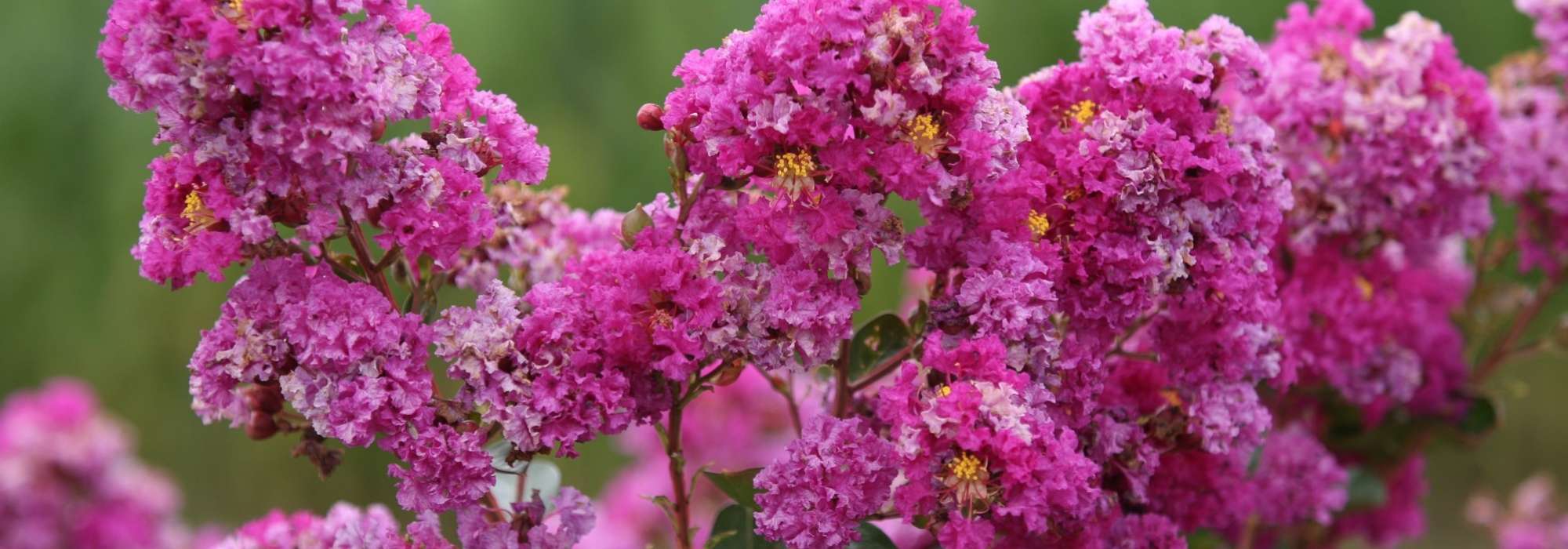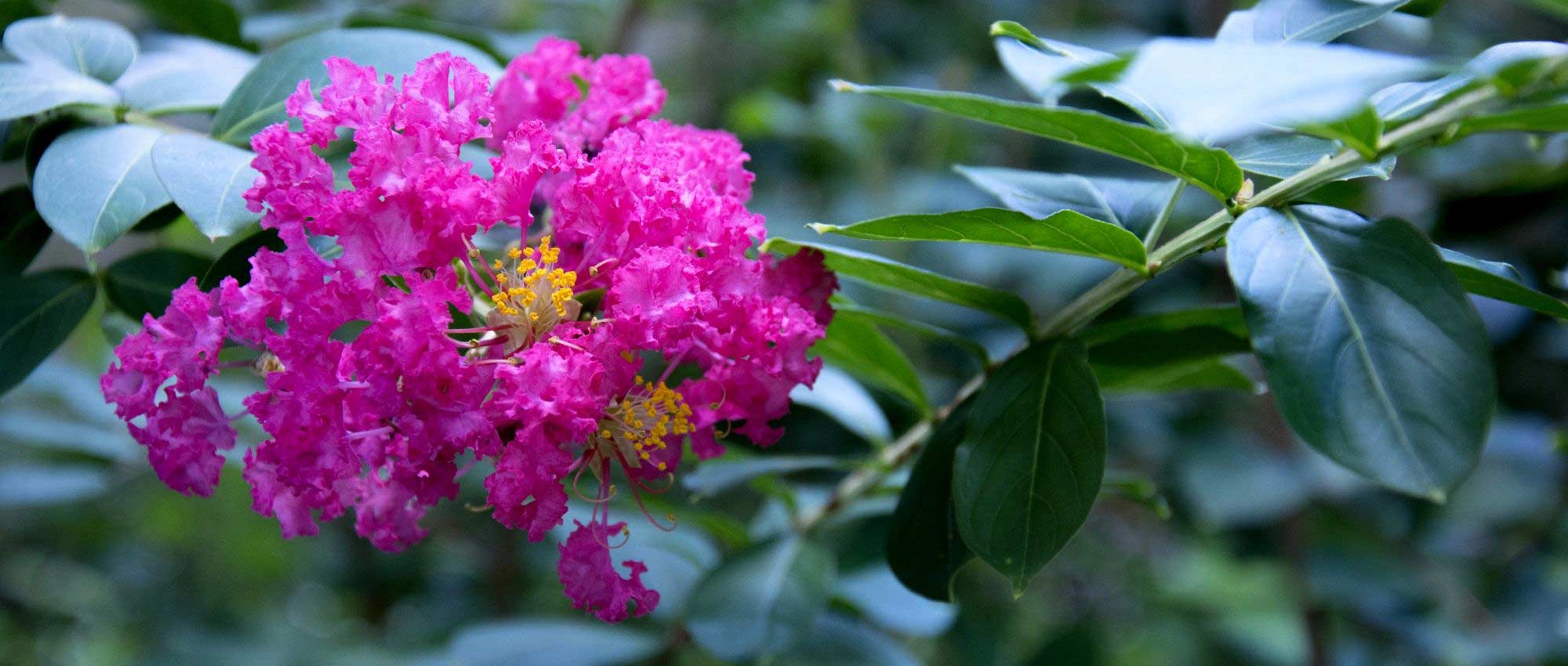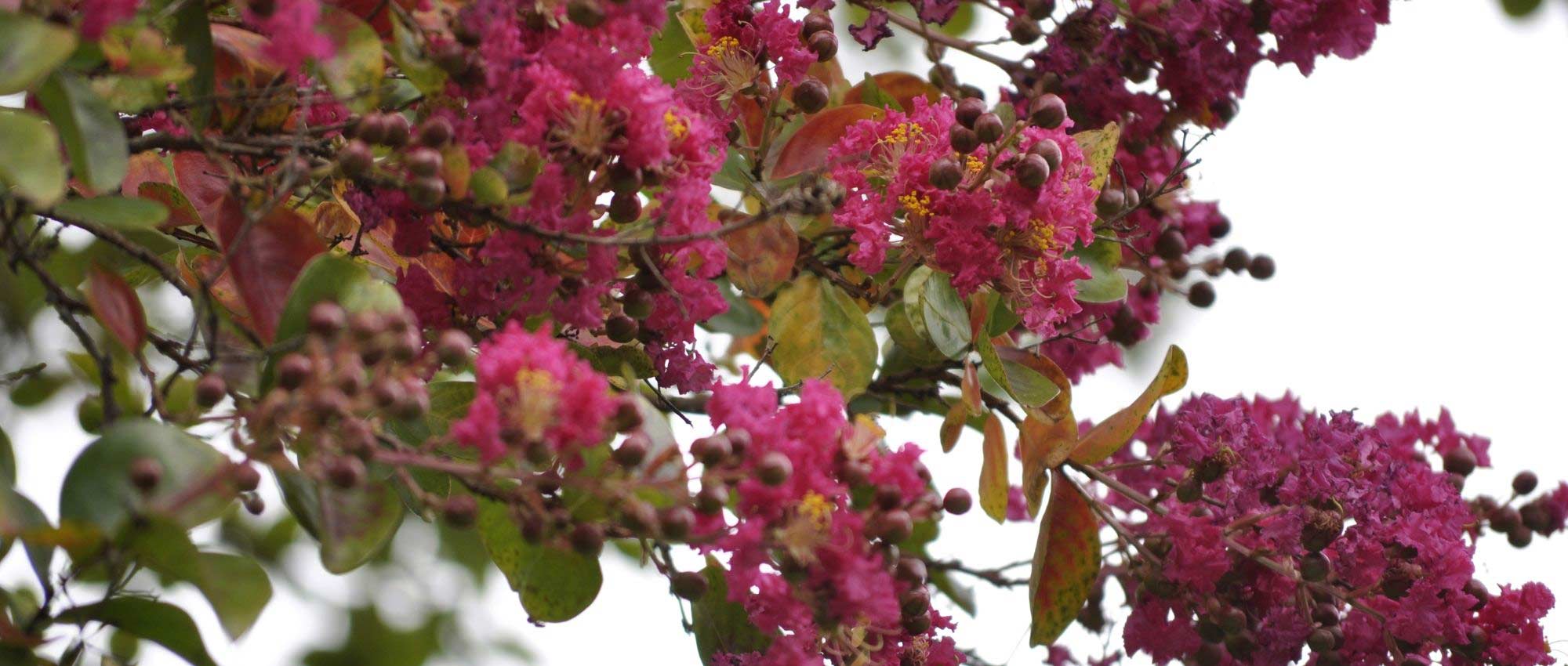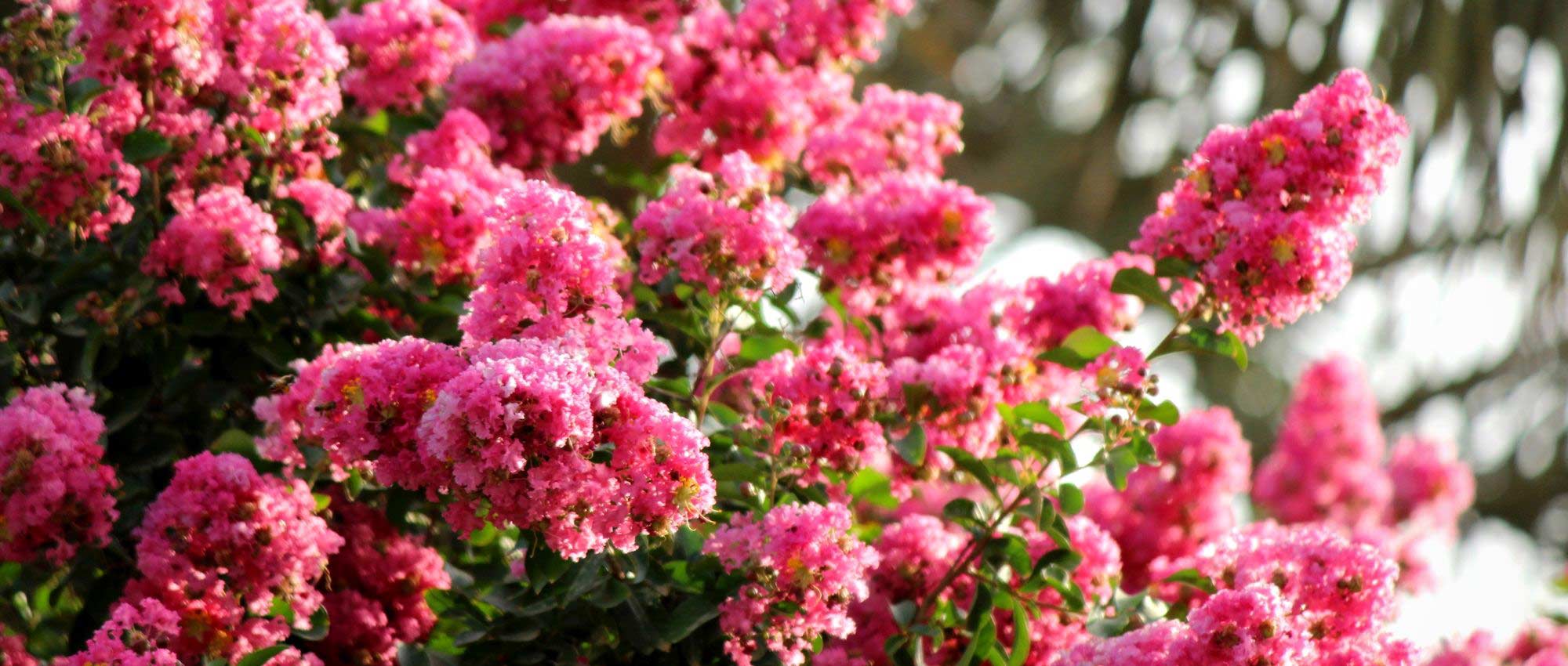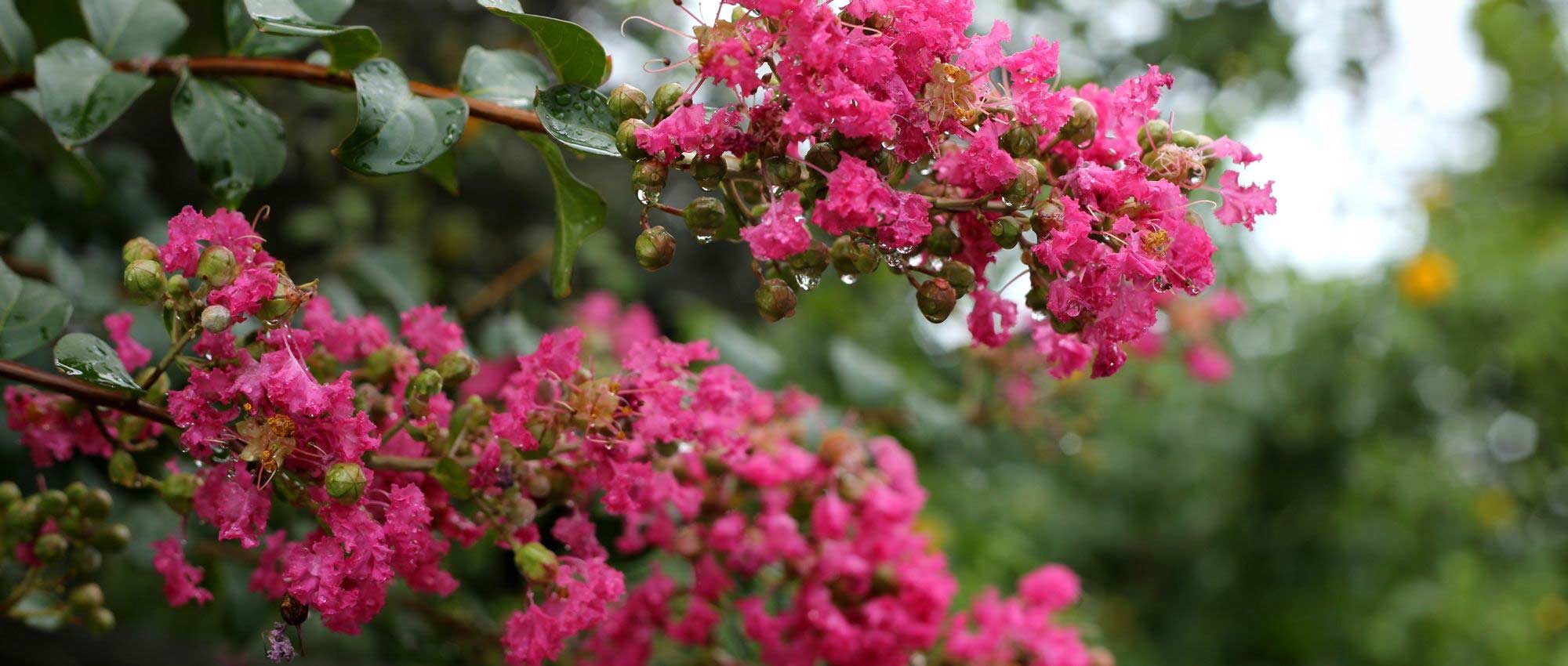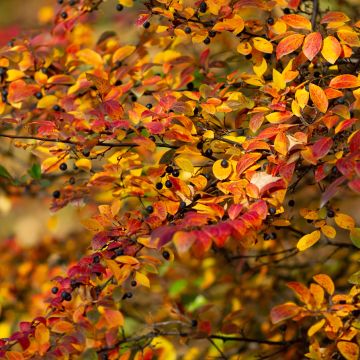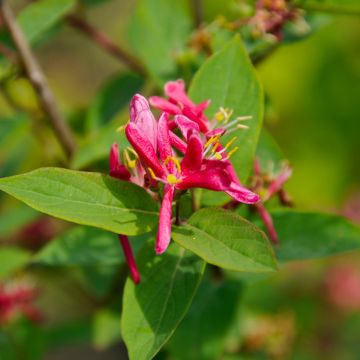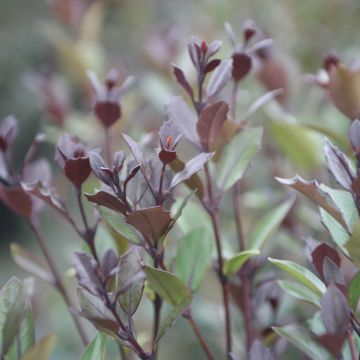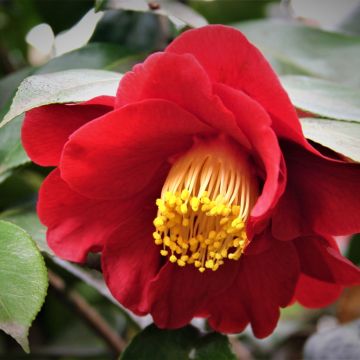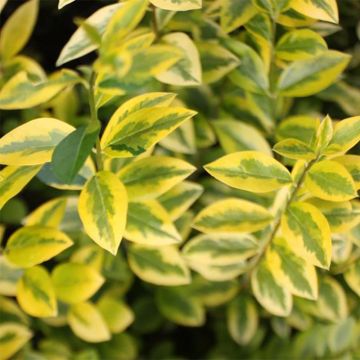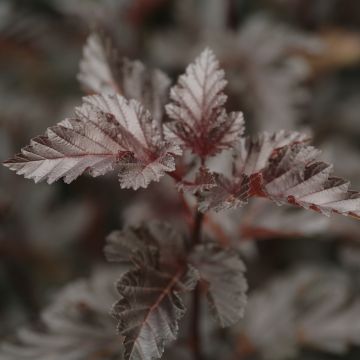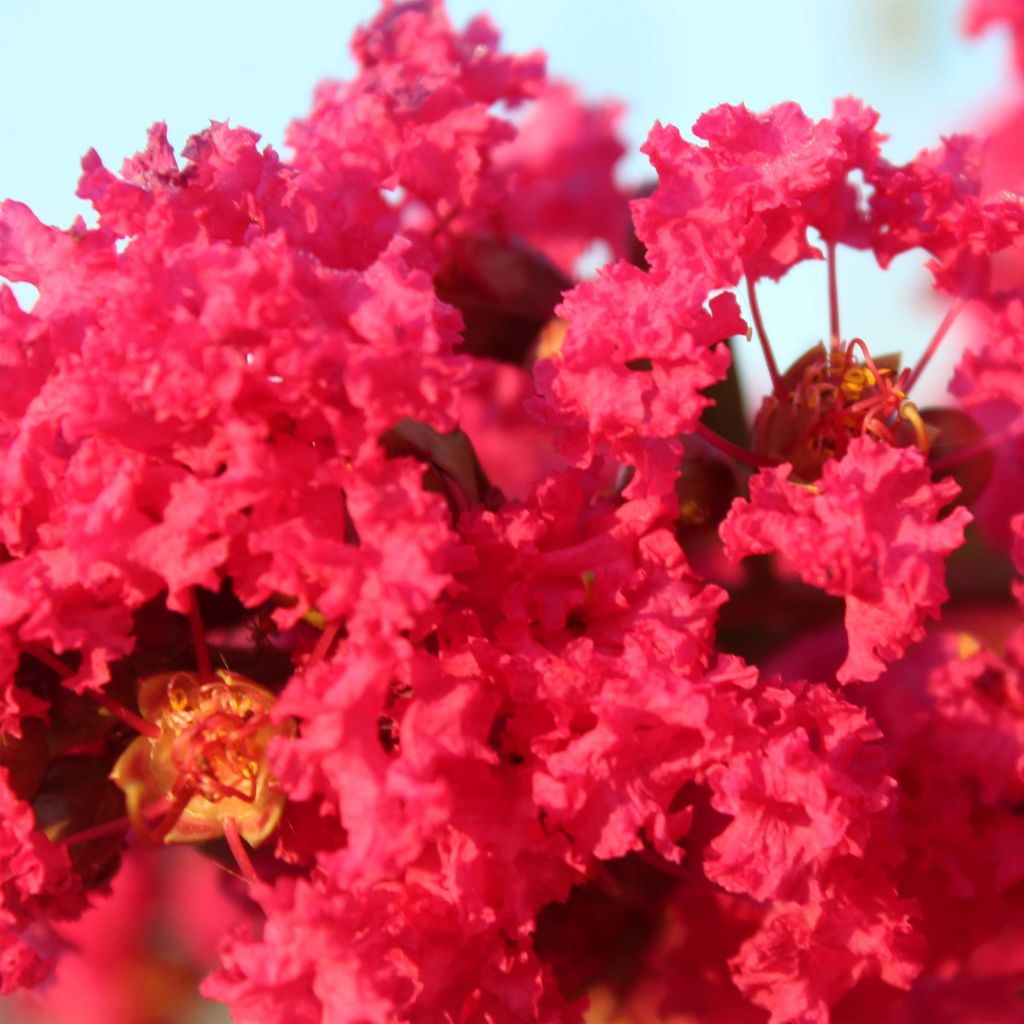

Lagerstroemia indica Périgord Pourpre - Lilas des Indes
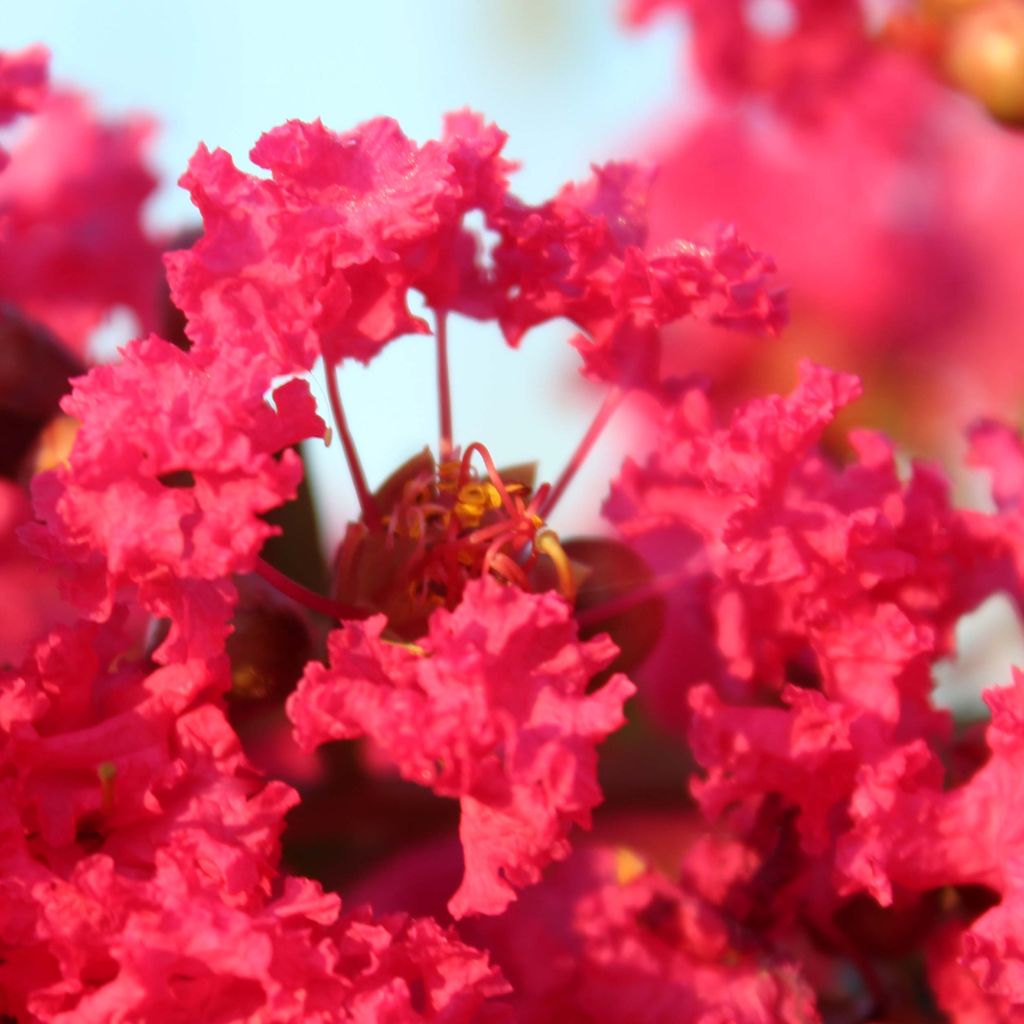

Lagerstroemia indica Périgord Pourpre - Lilas des Indes
Lagerstroemia indica Périgord Pourpre - Crape Myrtle
Lagerstroemia indica Périgord Pourpre
Crape Myrtle, Crepe Myrtle, Indian Lilac
Received very quickly, a very beautiful plant, already a good size. I'm delighted.
Denise, 11/06/2025
Special offer!
Receive a €20 voucher for any order over €90 (excluding delivery costs, credit notes, and plastic-free options)!
1- Add your favorite plants to your cart.
2- Once you have reached €90, confirm your order (you can even choose the delivery date!).
3- As soon as your order is shipped, you will receive an email containing your voucher code, valid for 3 months (90 days).
Your voucher is unique and can only be used once, for any order with a minimum value of €20, excluding delivery costs.
Can be combined with other current offers, non-divisible and non-refundable.
Home or relay delivery (depending on size and destination)
Schedule delivery date,
and select date in basket
This plant carries a 24 months recovery warranty
More information
We guarantee the quality of our plants for a full growing cycle, and will replace at our expense any plant that fails to recover under normal climatic and planting conditions.

Would this plant suit my garden?
Set up your Plantfit profile →
Description
The Lagerstroemia indica 'Périgord Pourpre’ is a small-sized Indian Lilac offering an early, intense red, gorgeous summer flowering. It has the advantage of blooming reliably. This charming deciduous bush captivates with its erect and compact habit, allowing it to be easily adopted in a large pot on the terrace. It also charms with its very shiny green leaves, which colour in the autumn, and its decorative bark. Sun and heat lovers, resistant and with multiple assets, the Indian lilacs are among the most beautiful summer flowering bushes. This variety, growable in many regions, deserves a special place in the garden or on the terrace.
The Lagerstroemia indica 'Périgord Pourpre' belongs to the Lythraceae family. The Lagerstroemia indica, from which it originates, is native to China. ‘Périgord Pourpre’ was selected in 1996 at the Demartis nursery, near Bergerac. This bush has a bushy and erect habit. It will reach on average 1.50 m (4 ft 11 in) in height at ripeness, with a diameter of 1 m (3 ft 4 in). Its growth is quite fast. Its flowering, remarkably early, generally starts at the beginning of July and continues until October. The flowers are characterised by thin pedicels each bearing five petals with an undulate edge composing this flower. The flowers, whose texture recalls that of crepe, are gathered in large dense panicles, at the end of the year's branches. In 'Périgord Pourpre', the buds are pale pink-red, then they bloom into intense and bright red. The foliage, tough and deciduous, is very shiny dark green. It is composed of small ovate leaves, which sometimes turn lovely yellow or red shades in the autumn, depending on the climate. Finally, and to end in beauty, its bark is of all beauty, smooth, beige striate with brown-red, peeling off in coloured flakes (cinnamon, faded red, old pink, cream).
The Indian Lilacs are the glory of the South West gardens. This plant prefers humid and warm climates to dry and windy climates. Due to its hardiness and vigour, this small tree can be acclimated to colder zones if the location is carefully chosen. It is within a solitary location near the house, that you will fully enjoy this plant's generosity. It will look good in a bush bed, a flowering hedge, or emerging from a mound of perennials. Compose a bed like a bouquet, with Campanula pyramidalis, Salvia sclarea, Aster laevis. In the autumn, it accompanies the equally as colourful aster. In a large pot on the terrace, this plant puts on a show when the summer flowerings are slowing down. We have simply imagined a tricolour vegetable tapestry as a ground cover to highlight the Summer Lilac Red Imperator. A weaving of thymes, oregano and silver baskets will dress the base of its trunk, highlight its bark and reflect its sparkling flowering.
NB: Karl Von Linné named this tree to pay tribute to his friend Magnus Von Lagestroem (1696 – 1759), who had sent it to him from India for identification. Originally, this tree was used to decorate Chinese temples. Please note that this tree produces fruits that have a narcotic action in case of ingestion.
Lagerstroemia indica Périgord Pourpre - Crape Myrtle in pictures
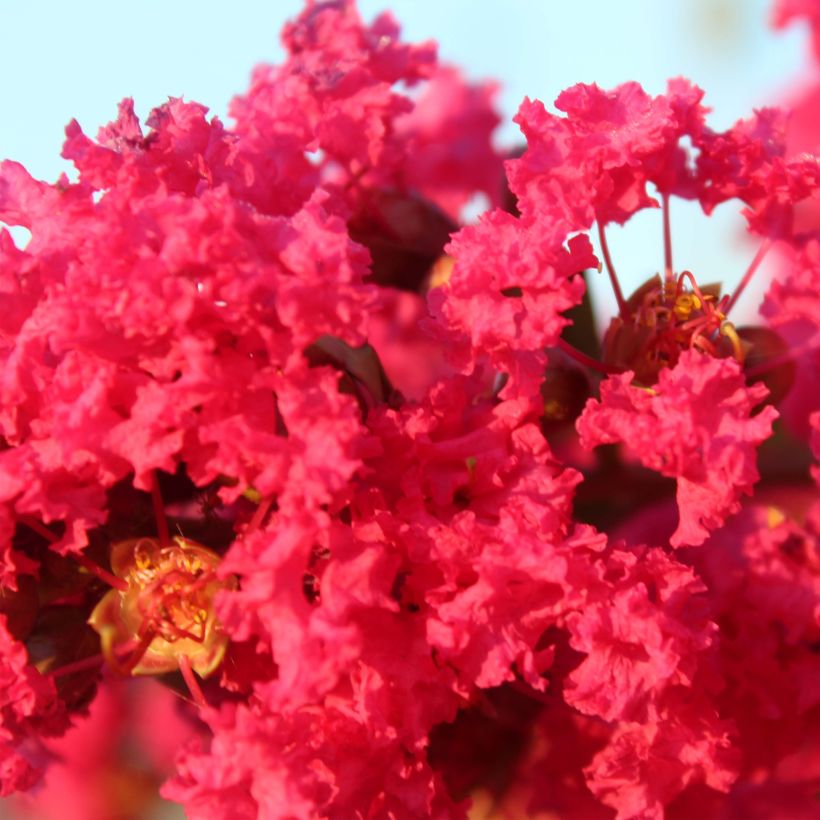

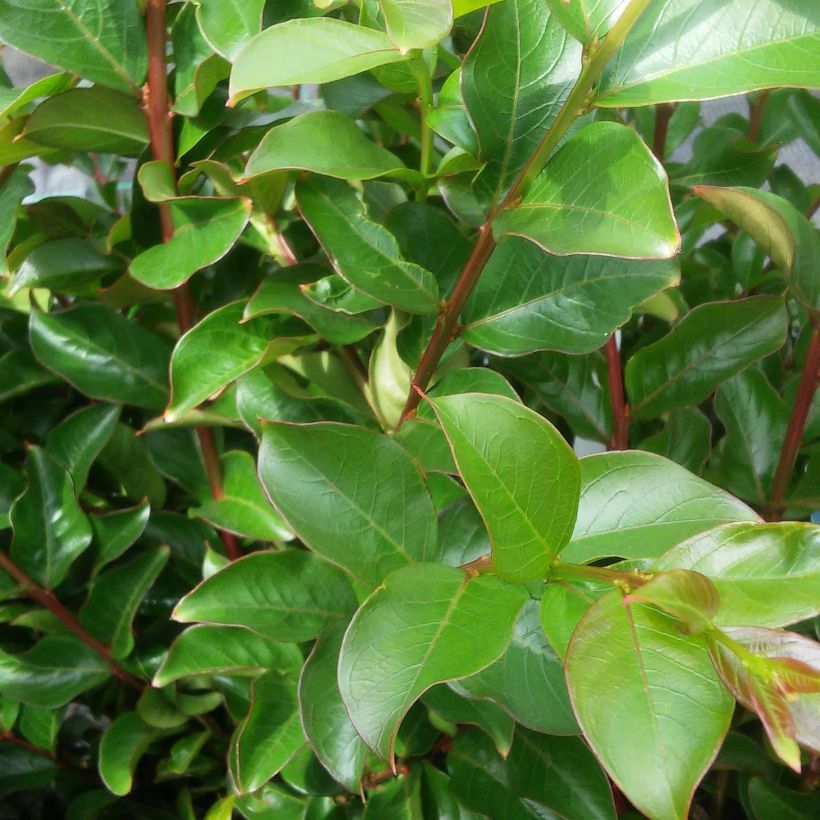

Plant habit
Flowering
Foliage
Botanical data
Lagerstroemia
indica
Périgord Pourpre
Lythraceae
Crape Myrtle, Crepe Myrtle, Indian Lilac
Cultivar or hybrid
Planting and care
The Lagerstroemia indica 'Périgord Pourpre' is planted in the spring in well-drained, rich soil in a warm, sunny location. Every year, enrich the soil around the base with decomposed manure and leaf compost. Carry out pruning in the spring, leaving only two or three buds per branch. Treat against powdery mildew. In cold regions, wrap all the branches in a winter veil throughout the winter.
Planting period
Intended location
Care
Planting & care advice
-
, onOrder confirmed
Reply from on Promesse de fleurs
Similar products
Haven't found what you were looking for?
Hardiness is the lowest winter temperature a plant can endure without suffering serious damage or even dying. However, hardiness is affected by location (a sheltered area, such as a patio), protection (winter cover) and soil type (hardiness is improved by well-drained soil).

Photo Sharing Terms & Conditions
In order to encourage gardeners to interact and share their experiences, Promesse de fleurs offers various media enabling content to be uploaded onto its Site - in particular via the ‘Photo sharing’ module.
The User agrees to refrain from:
- Posting any content that is illegal, prejudicial, insulting, racist, inciteful to hatred, revisionist, contrary to public decency, that infringes on privacy or on the privacy rights of third parties, in particular the publicity rights of persons and goods, intellectual property rights, or the right to privacy.
- Submitting content on behalf of a third party;
- Impersonate the identity of a third party and/or publish any personal information about a third party;
In general, the User undertakes to refrain from any unethical behaviour.
All Content (in particular text, comments, files, images, photos, videos, creative works, etc.), which may be subject to property or intellectual property rights, image or other private rights, shall remain the property of the User, subject to the limited rights granted by the terms of the licence granted by Promesse de fleurs as stated below. Users are at liberty to publish or not to publish such Content on the Site, notably via the ‘Photo Sharing’ facility, and accept that this Content shall be made public and freely accessible, notably on the Internet.
Users further acknowledge, undertake to have ,and guarantee that they hold all necessary rights and permissions to publish such material on the Site, in particular with regard to the legislation in force pertaining to any privacy, property, intellectual property, image, or contractual rights, or rights of any other nature. By publishing such Content on the Site, Users acknowledge accepting full liability as publishers of the Content within the meaning of the law, and grant Promesse de fleurs, free of charge, an inclusive, worldwide licence for the said Content for the entire duration of its publication, including all reproduction, representation, up/downloading, displaying, performing, transmission, and storage rights.
Users also grant permission for their name to be linked to the Content and accept that this link may not always be made available.
By engaging in posting material, Users consent to their Content becoming automatically accessible on the Internet, in particular on other sites and/or blogs and/or web pages of the Promesse de fleurs site, including in particular social pages and the Promesse de fleurs catalogue.
Users may secure the removal of entrusted content free of charge by issuing a simple request via our contact form.
The flowering period indicated on our website applies to countries and regions located in USDA zone 8 (France, the United Kingdom, Ireland, the Netherlands, etc.)
It will vary according to where you live:
- In zones 9 to 10 (Italy, Spain, Greece, etc.), flowering will occur about 2 to 4 weeks earlier.
- In zones 6 to 7 (Germany, Poland, Slovenia, and lower mountainous regions), flowering will be delayed by 2 to 3 weeks.
- In zone 5 (Central Europe, Scandinavia), blooming will be delayed by 3 to 5 weeks.
In temperate climates, pruning of spring-flowering shrubs (forsythia, spireas, etc.) should be done just after flowering.
Pruning of summer-flowering shrubs (Indian Lilac, Perovskia, etc.) can be done in winter or spring.
In cold regions as well as with frost-sensitive plants, avoid pruning too early when severe frosts may still occur.
The planting period indicated on our website applies to countries and regions located in USDA zone 8 (France, United Kingdom, Ireland, Netherlands).
It will vary according to where you live:
- In Mediterranean zones (Marseille, Madrid, Milan, etc.), autumn and winter are the best planting periods.
- In continental zones (Strasbourg, Munich, Vienna, etc.), delay planting by 2 to 3 weeks in spring and bring it forward by 2 to 4 weeks in autumn.
- In mountainous regions (the Alps, Pyrenees, Carpathians, etc.), it is best to plant in late spring (May-June) or late summer (August-September).
The harvesting period indicated on our website applies to countries and regions in USDA zone 8 (France, England, Ireland, the Netherlands).
In colder areas (Scandinavia, Poland, Austria...) fruit and vegetable harvests are likely to be delayed by 3-4 weeks.
In warmer areas (Italy, Spain, Greece, etc.), harvesting will probably take place earlier, depending on weather conditions.
The sowing periods indicated on our website apply to countries and regions within USDA Zone 8 (France, UK, Ireland, Netherlands).
In colder areas (Scandinavia, Poland, Austria...), delay any outdoor sowing by 3-4 weeks, or sow under glass.
In warmer climes (Italy, Spain, Greece, etc.), bring outdoor sowing forward by a few weeks.






























